Spiritual home: architect Philipp Mainzer distills tradition at Monkey 47 gin

Alexander Stein has been producing his Monkey 47 gin in Germany’s Black Forest since 2008, inspired by local micro-distilling traditions. ‘It’s a custom that goes back to the Habsburg Dynasty,’ he says. ‘Most farms here have the right to distil limited amounts of alcohol, so there are about 30,000 micro-distilleries in the area, producing very small quantities of eau de vie from local fruits.’
He was particularly intrigued by the story of an English RAF commander, who settled in the area after the Second World War and produced a rudimentary gin with juniper and local herbs. ‘The ingredients are available in the Black Forest, but no one had thought about making gin here before then.’
After establishing Monkey 47 production using the nearby Stählemühle distillery, and working with master distiller Christoph Keller, Stein bought an old farm with the intention of repurposing it as a home for his brand. He enlisted architect Philipp Mainzer, co-founder of furniture brand E15, who had also worked on the Stählemühle distillery, and together they renovated the 1,400 sq m property. The complex now houses Monkey 47’s distillery and headquarters, as well as spaces for maceration, storage and tasting, spread throughout three buildings.
The original structures were almost entirely demolished and then built again. ‘We looked at old pictures and rebuilt the farmhouse as it was before, but with new functionalities,’ says Mainzer. ‘There’s no faking, as actually, they still build like this in this area. We used very local and traditional materials and craftsmanship to recreate the building.’ This included covering the main house in 150,000 wooden shingles, applied by hand and necessary for a building to withstand the local climate. Mainzer and his team also took care of the landscaping, planting the same species of trees that originally stood on the site, as well as a herb garden for ingredients for the gin.
The centrepiece of the complex is the gigantic copper still, created especially for Monkey 47 by Stein and Keller with German coppersmith and pot-still expert Arnold Holstein. Its surroundings were designed by Mainzer, like a cathedral for the machine, with large, steel-framed windows looking out into the Black Forest.
‘I think you need the architecture and the design to tell a story for the brand,’ says Mainzer. He immersed himself in the gin production process as well as the local architecture for the project. ‘We wanted an industrial production, but we also wanted it to look authentic,’ he notes. ‘Using local crafts, materials and finishes means very special products and processes, and it’s a great challenge to find them and put them together – and make it all work industrially but also provide a backdrop for the brand.’
Adds Stein, ‘The local farmers were intrigued by the distillery, and said it looks like pictures from 200 years ago. Probably that is the biggest compliment you can get around here.’
As originally featured in the May 2016 issue of Wallpaper* (W*206)
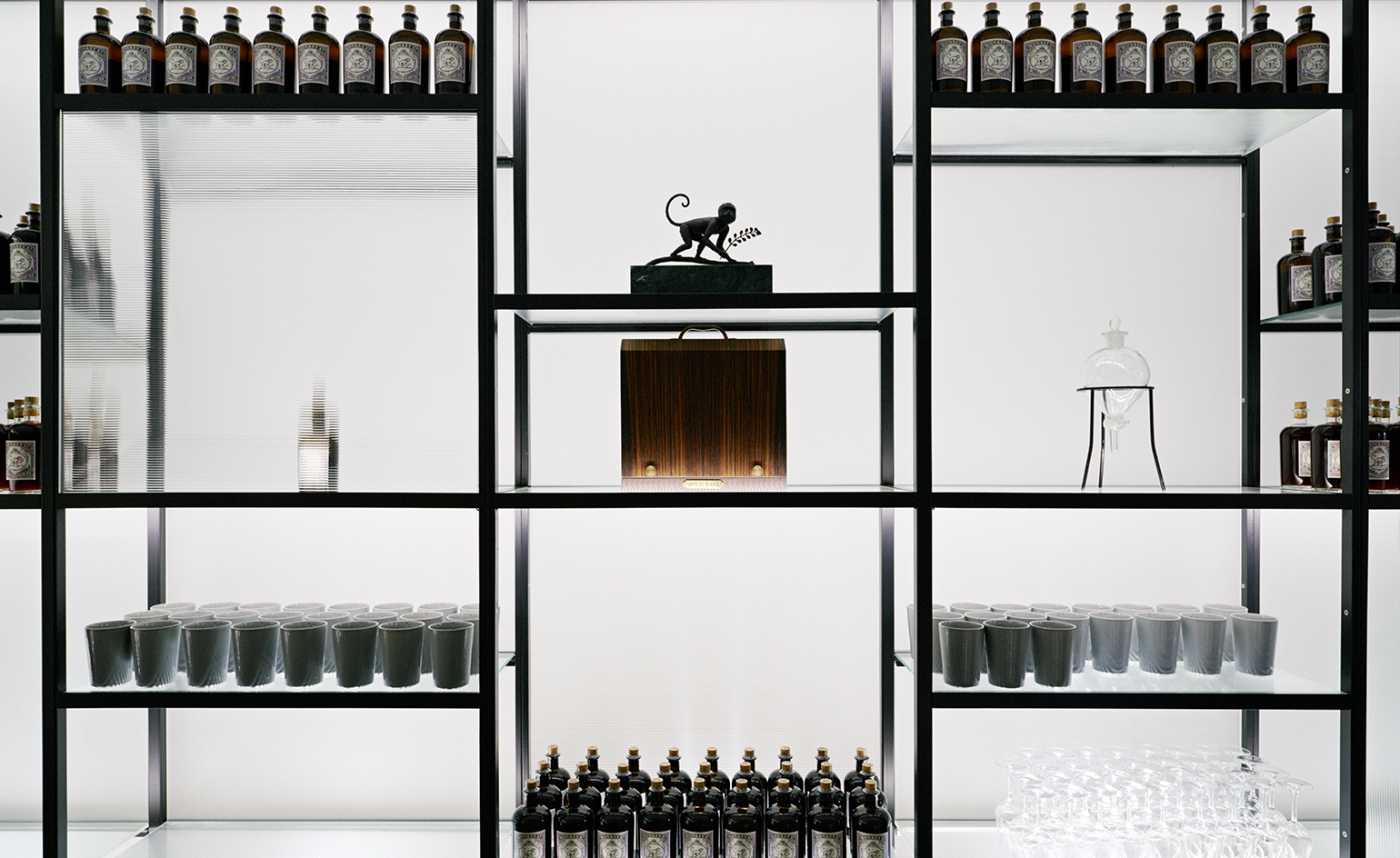
The degustation room, with Monkey 47 Schwarzwald Dry Gin and Schwarzwald Sloe Gin
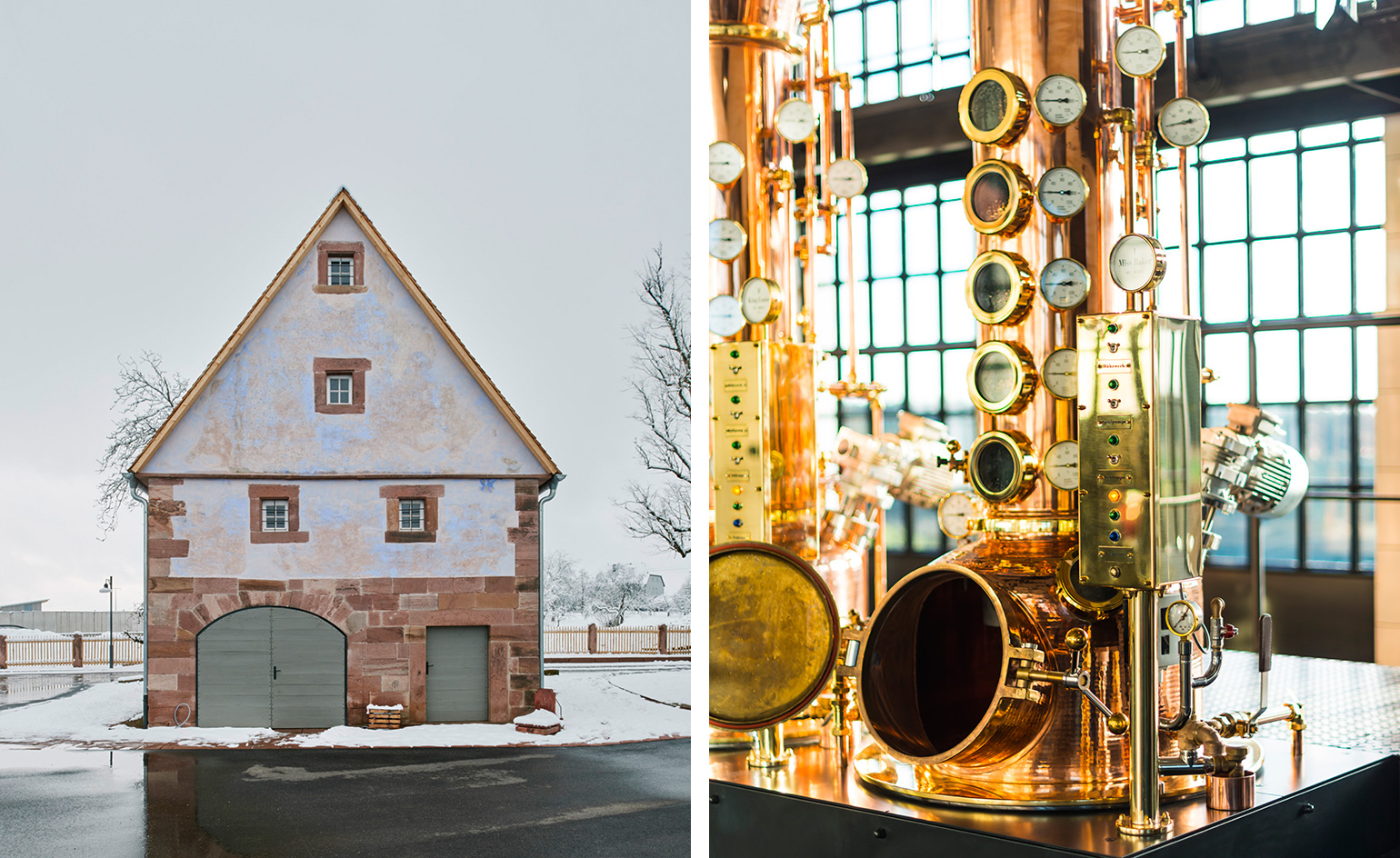
Pictured left: one of the rebuilt structures at the brand’s new base. Right: a detail of the copper still
INFORMATION
For more information, visit the Monkey 47 website
Photography: Christian Kain
Receive our daily digest of inspiration, escapism and design stories from around the world direct to your inbox.
Rosa Bertoli was born in Udine, Italy, and now lives in London. Since 2014, she has been the Design Editor of Wallpaper*, where she oversees design content for the print and online editions, as well as special editorial projects. Through her role at Wallpaper*, she has written extensively about all areas of design. Rosa has been speaker and moderator for various design talks and conferences including London Craft Week, Maison & Objet, The Italian Cultural Institute (London), Clippings, Zaha Hadid Design, Kartell and Frieze Art Fair. Rosa has been on judging panels for the Chart Architecture Award, the Dutch Design Awards and the DesignGuild Marks. She has written for numerous English and Italian language publications, and worked as a content and communication consultant for fashion and design brands.
-
 A local’s guide to Florence: 9 unmissable haunts
A local’s guide to Florence: 9 unmissable hauntsOur contributing editor Nick Vinson spends half the year in Florence. Here, he takes us on a tour of his don’t-miss diversions
-
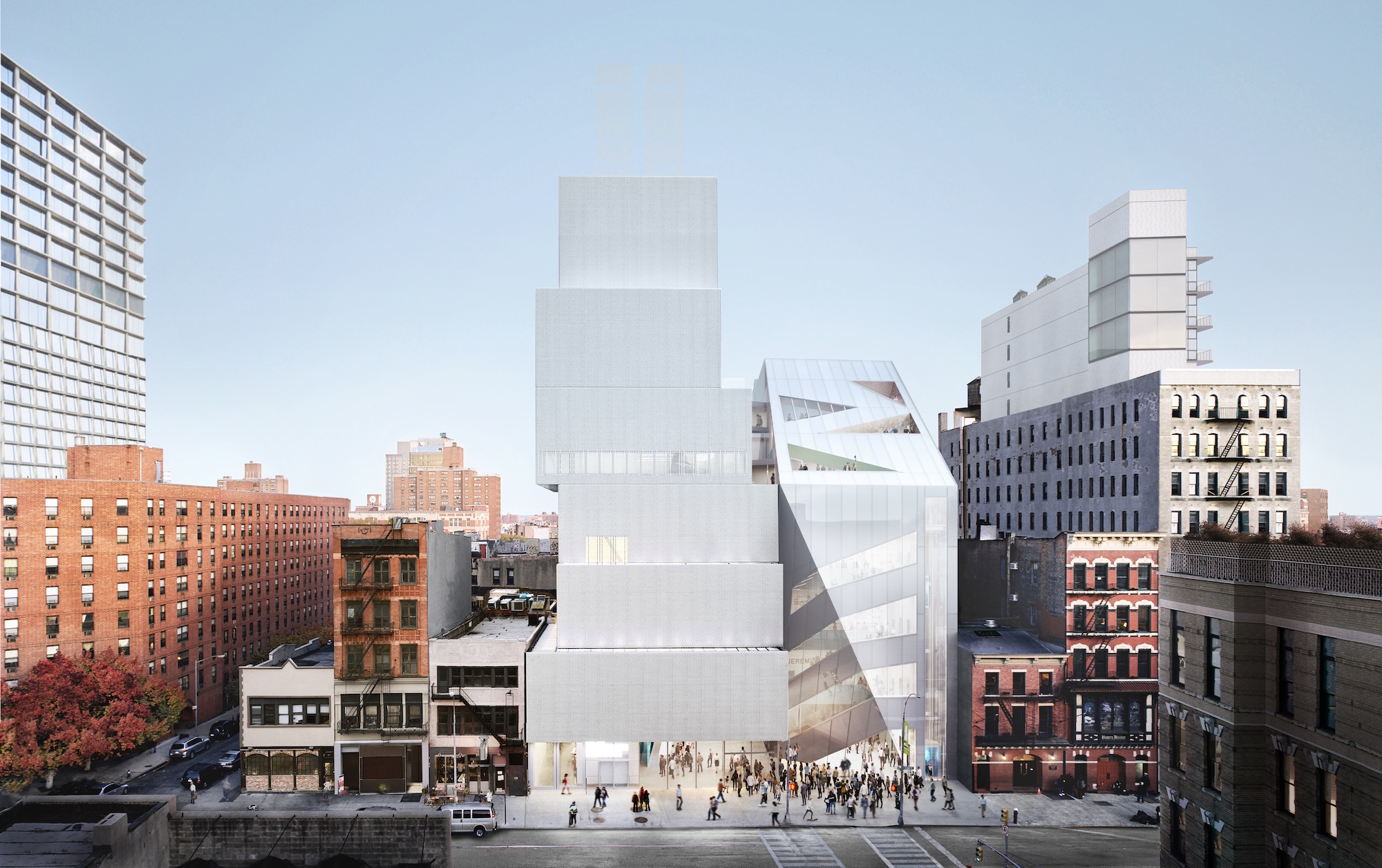 The New Museum finally has an opening date for its OMA-designed expansion
The New Museum finally has an opening date for its OMA-designed expansionThe pioneering art museum is set to open 21 March 2026. Here's what to expect
-
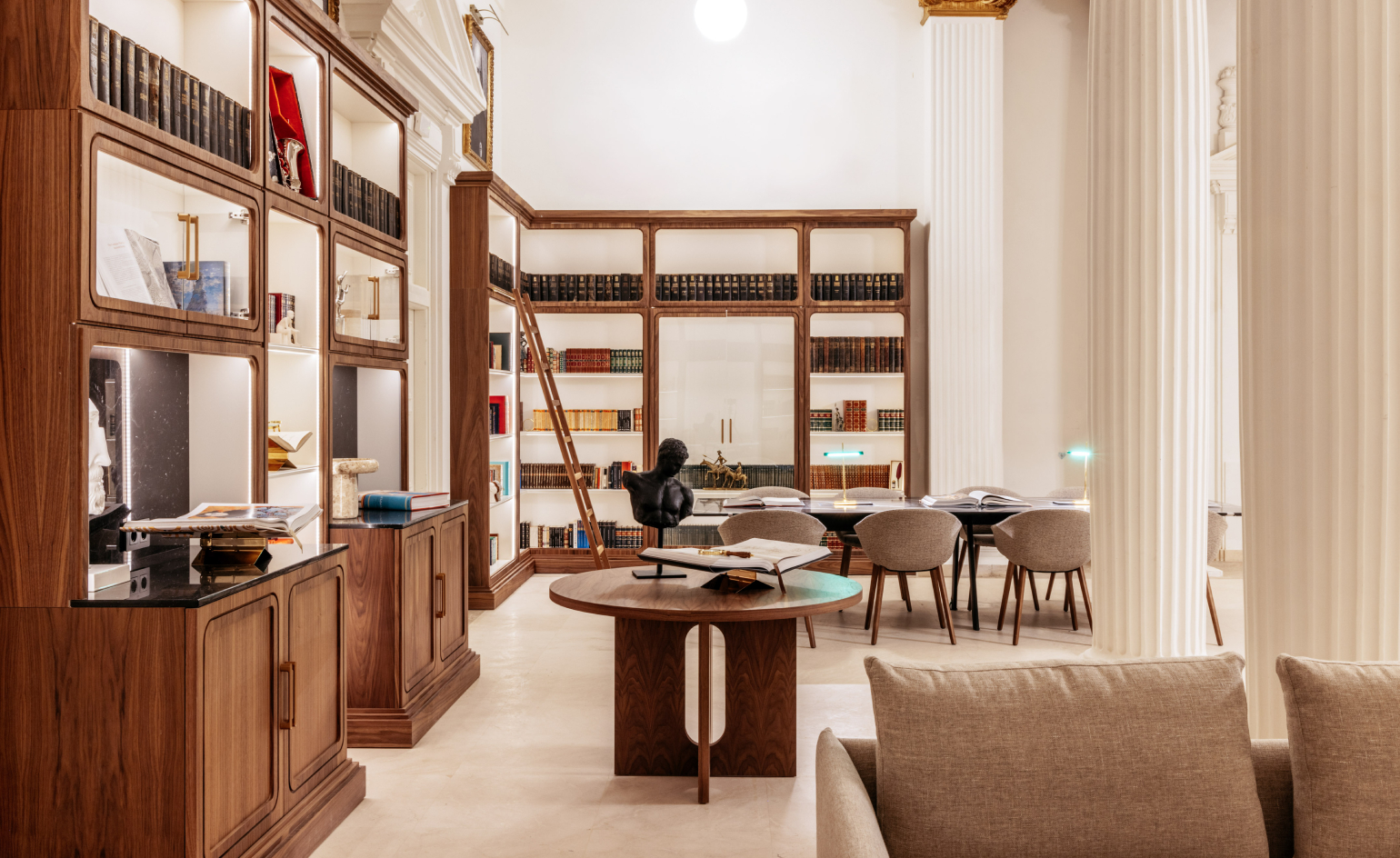 This bijou hotel in Madrid doubles as a cultural hub
This bijou hotel in Madrid doubles as a cultural hubCasa de las Artes is located within the Spanish capital’s ‘Art Triangle’. Designed by ASAH Studio, it offers the warmth and intellect of one of the many neighbouring museums
-
 How to build a home wine cellar
How to build a home wine cellarOur resident drinks writer takes us through his own experiences on building the dream wine cellar at home including his favourite wines to stock up on now
-
 Inside Domaine Evremond, the UK’s first subterranean winery
Inside Domaine Evremond, the UK’s first subterranean winery‘Sparkling wine should be fun.’ We tour Domaine Evremond in Kent, a winery steeped in the English countryside
-
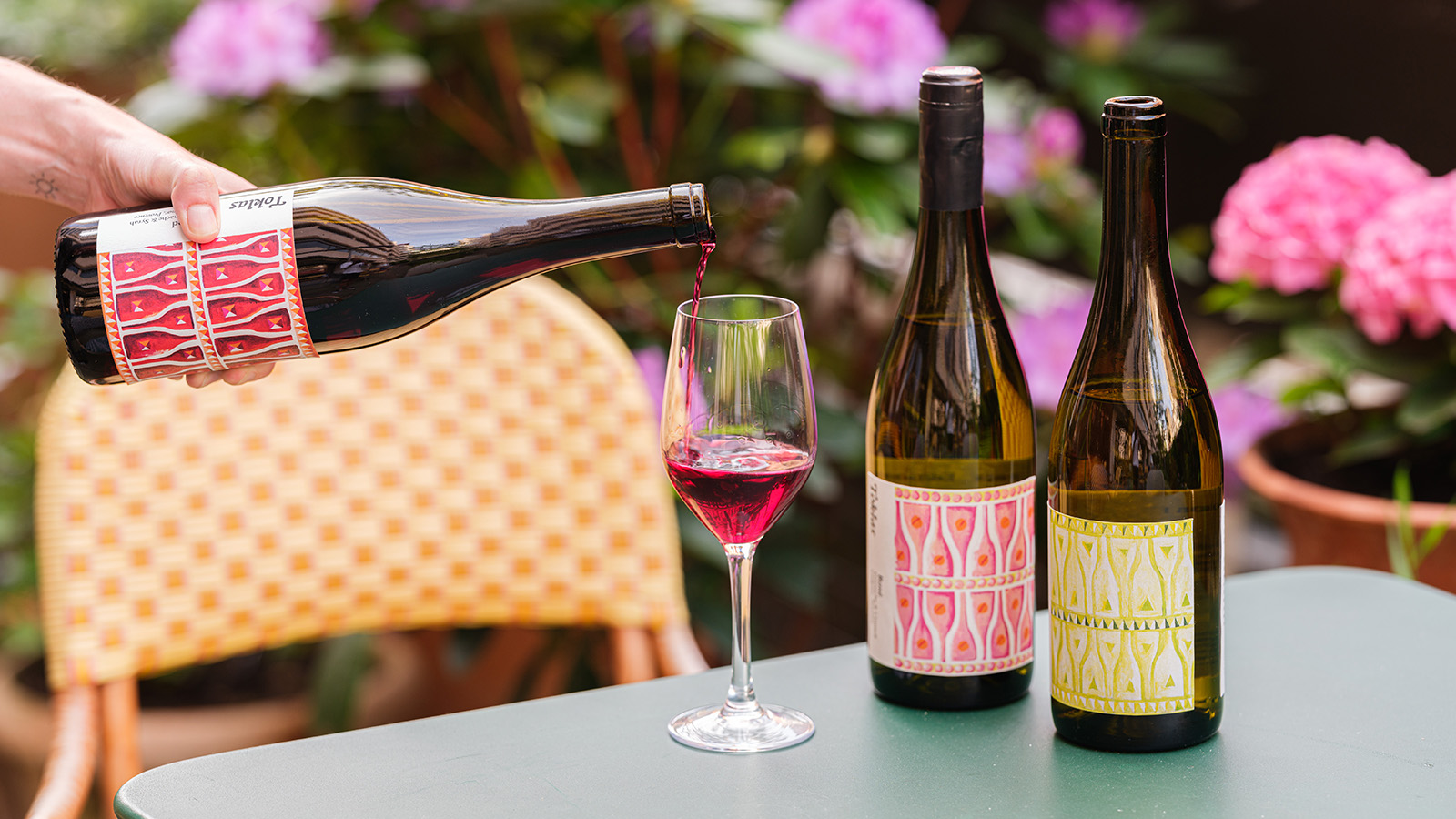 Toklas’ own-label wine is a synergy of art, taste and ‘elevated simplicity’
Toklas’ own-label wine is a synergy of art, taste and ‘elevated simplicity’Toklas, a London restaurant and bakery, have added another string to its bow ( and menu) with a trio of cuvées with limited-edition designs
-
 Château Galoupet is teaching the world how to drink more responsibly
Château Galoupet is teaching the world how to drink more responsiblyFrom reviving an endangered Provençal ecosystem to revisiting wine packaging, Château Galoupet aims to transform winemaking from terroir to bottle
-
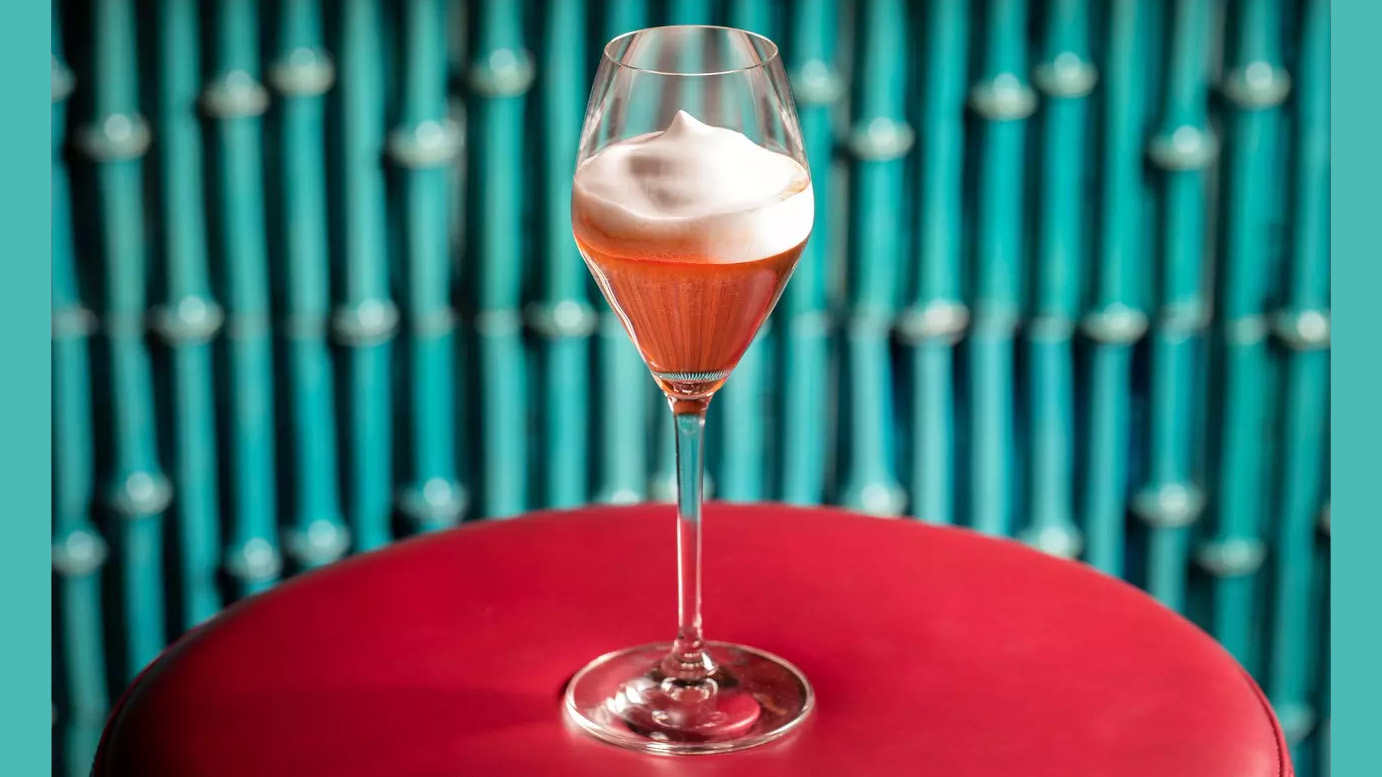 London’s most refreshing summer cocktail destinations
London’s most refreshing summer cocktail destinationsCool down in the sweltering city with a visit to London’s summer cocktail destinations
-
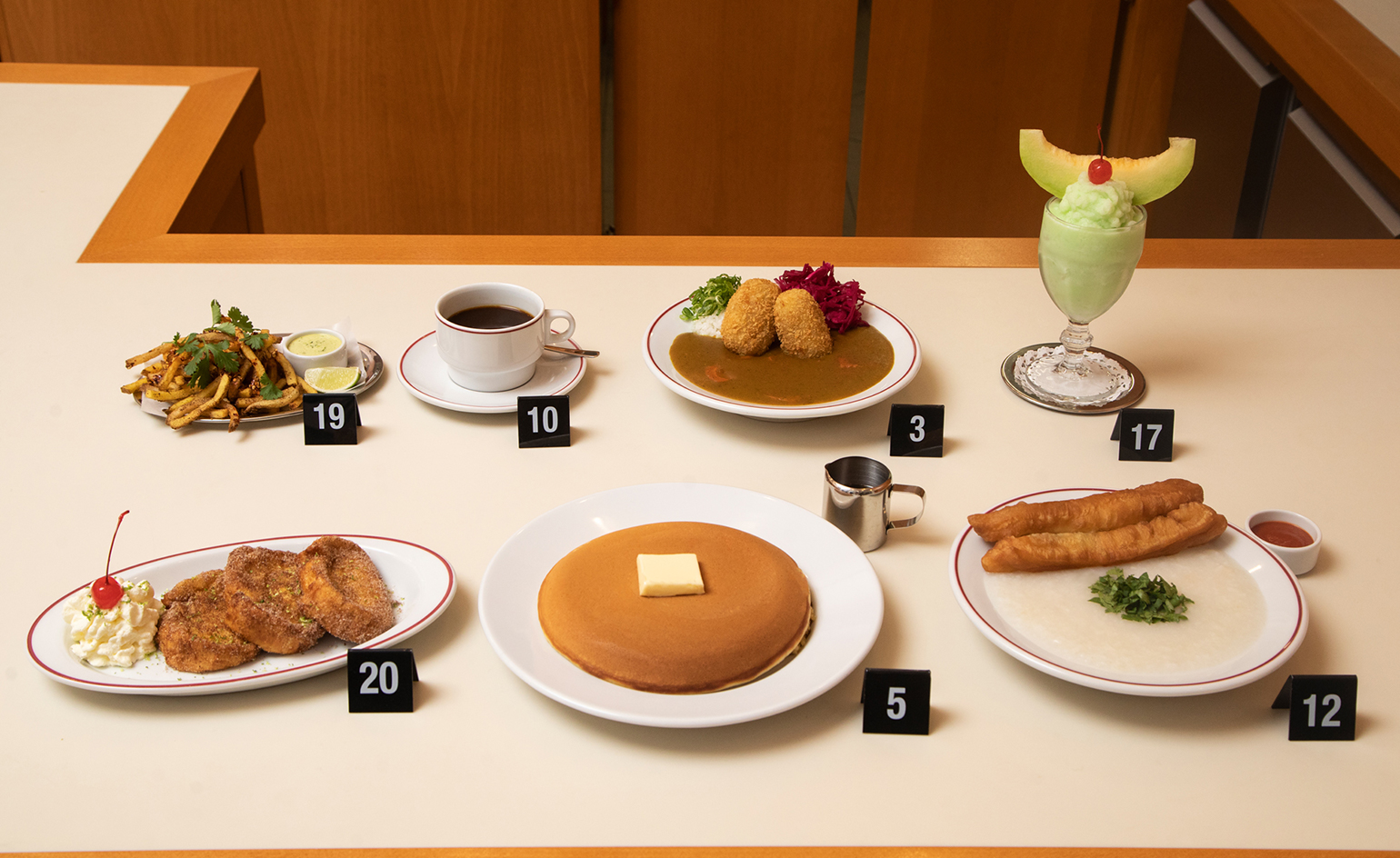 New Asian diner Dashi spices up Berlin’s Mitte district
New Asian diner Dashi spices up Berlin’s Mitte districtDashi, a new diner in Berlin’s Mitte district, offers an appetising and harmonious juxtaposition of Asian and Western worlds
-
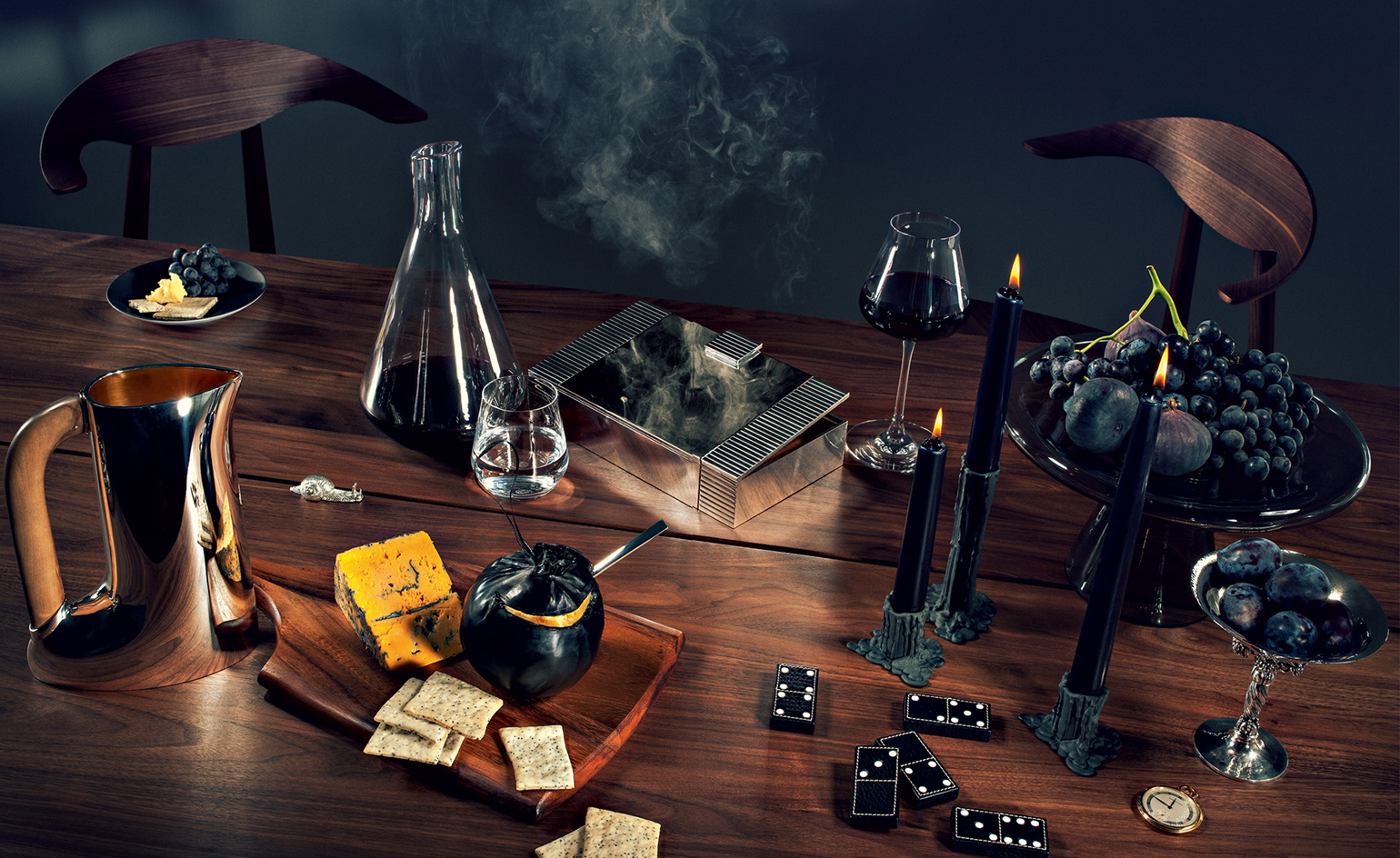 Learn how to curate a simple cheese board with perfect port pairings
Learn how to curate a simple cheese board with perfect port pairingsThe experts at artisan cheesemonger Paxton & Whitfield share tips for curating a simple but sophisticated cheese board, with port and cheese pairings for every taste
-
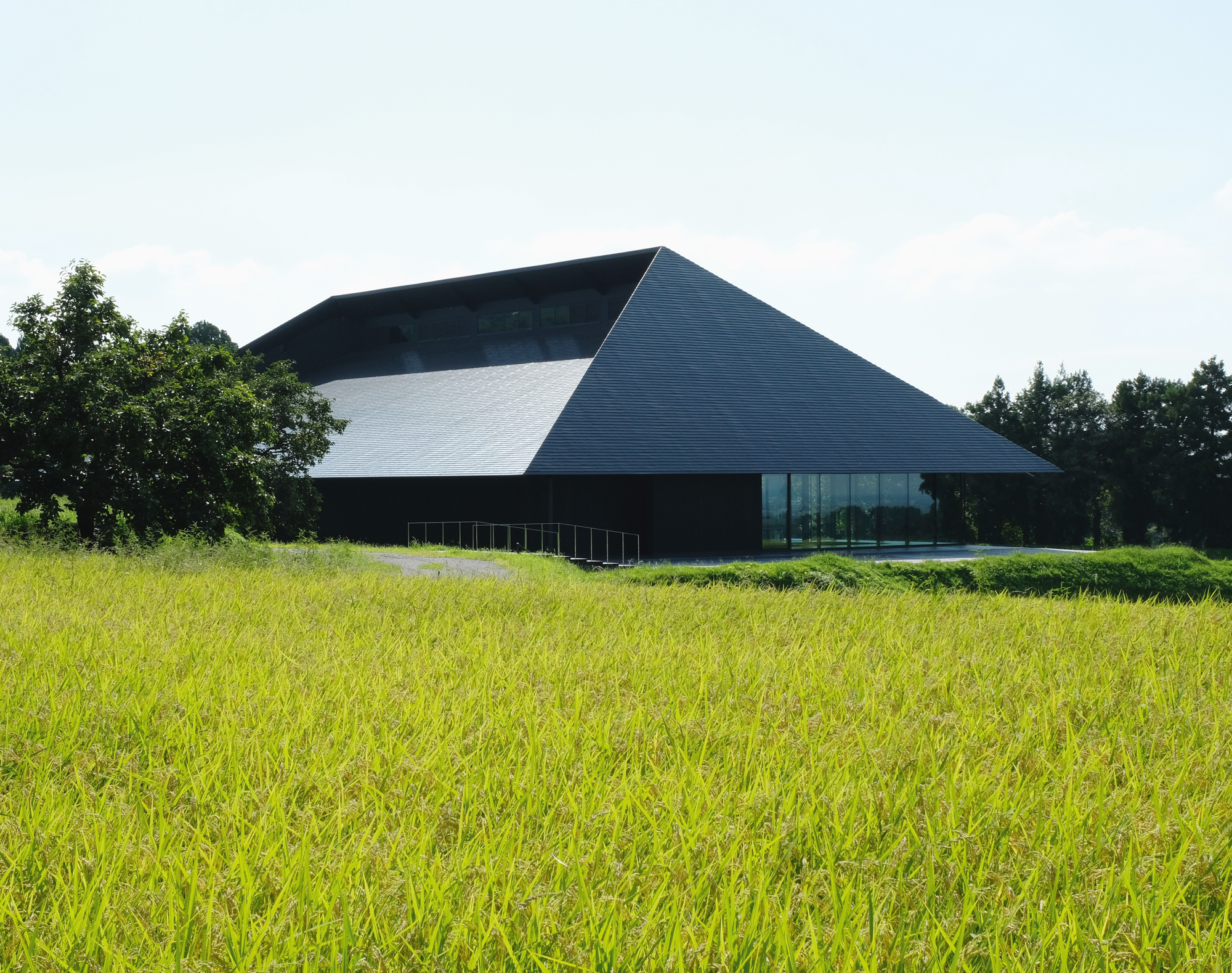 IWA sake brewery by Kengo Kuma is Best Roofscape: Wallpaper* Design Awards 2022
IWA sake brewery by Kengo Kuma is Best Roofscape: Wallpaper* Design Awards 2022IWA sake brewery in Japan, by Kengo Kuma & Associates, scoops Best Roofscape at the Wallpaper* Design Awards 2022